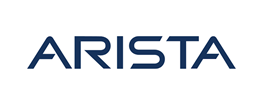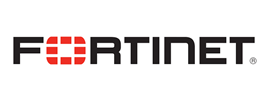- Course details
- Prerequisites
Course details
Course duration: 2 days
In this two days class, you will learn how to use FortiEDR to protect your endpoints against advanced attacks with real-time orchestrated incident response functionality.
Product Versions:
- FortiEDR 4.2
Objectives
After completing this course, you should be able to:
- Explain the FortiEDR approach and how it works
- Identify the communicating components and how they are configured
- Schedule, organize, and tune a new deployment
- Carry out basic troubleshooting steps, including: verifying that FortiEDR is installed and actively blocking malware, identifying whether FortiEDR has blocked a process or connection, finding logs, and contacting FortiEDR Support
- Perform important administrative tasks, including: managing console users, updating collectors, deleting personal data for GDPR compliance, and viewing system events
- Complete basic tasks in of each area of the management console: the Dashboard, the Event Viewer, the Forensics tab, the Threat Hunting module, Communication Control, Security Policies, Playbooks, Inventory, and the Administration tab
- Manage security events and their status
- Block communication from applications that are risky or unwanted, but not inherently malicious
- Define next-generation antivirus, its role in FortiEDR, and where it falls in the order of operations
- Find and remove malicious executables from all the devices in your environment
- Use RESTful API to manage your FortiEDR environment
- Administer a multi-tenant environment
- Recognize what Fortinet Cloud Service is and how it works
- Troubleshoot collector upgrades and performance issues
- Obtain collector logs and memory dumps
- Have a basic understanding of the history of malware, how it exploits trust, and the persistence techniques used in malware today
- Triage PowerShell and CScript events, verify their destinations, and retrieve memory
- Prioritize, investigate, and analyze security events
- Remediate malicious events and create exceptions to allow safe processes
Outline
- Overview and Technical Positioning
- Installation and Architecture
- Administration
- Best Practices and Deployment
- The User Interface in Depth Part 1
- The User Interface in Depth Part 2
- Events and Alerting
- Help Desk Level 1 Triage
- Communication Control
- Next-Generation Antivirus
- Threat Hunting
- RESTful API
- Multi-Tenancy
- Fortinet Cloud Services
- Advanced Troubleshooting
- Endpoint Security 101
- PowerShell and CScript
- Alert Analysis 401
Prerequisites
- Basic understanding of cybersecurity concepts
Enquiry
Course : NSE 5: FortiEDR (Network Security Analyst)
Enquiry
request for : NSE 5: FortiEDR (Network Security Analyst)





















